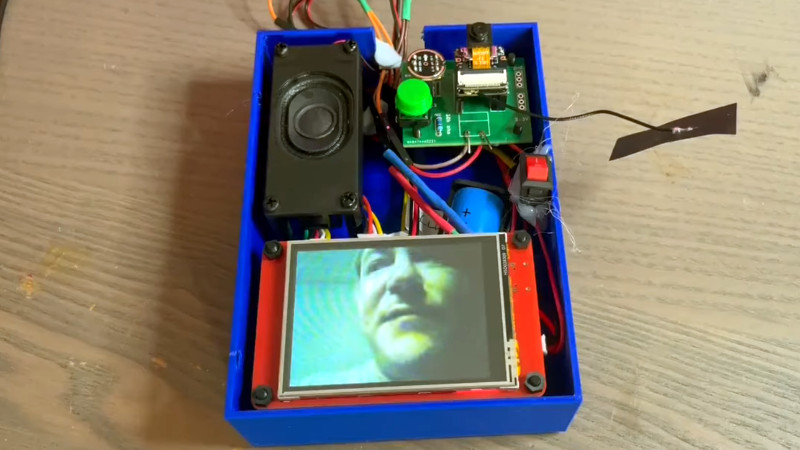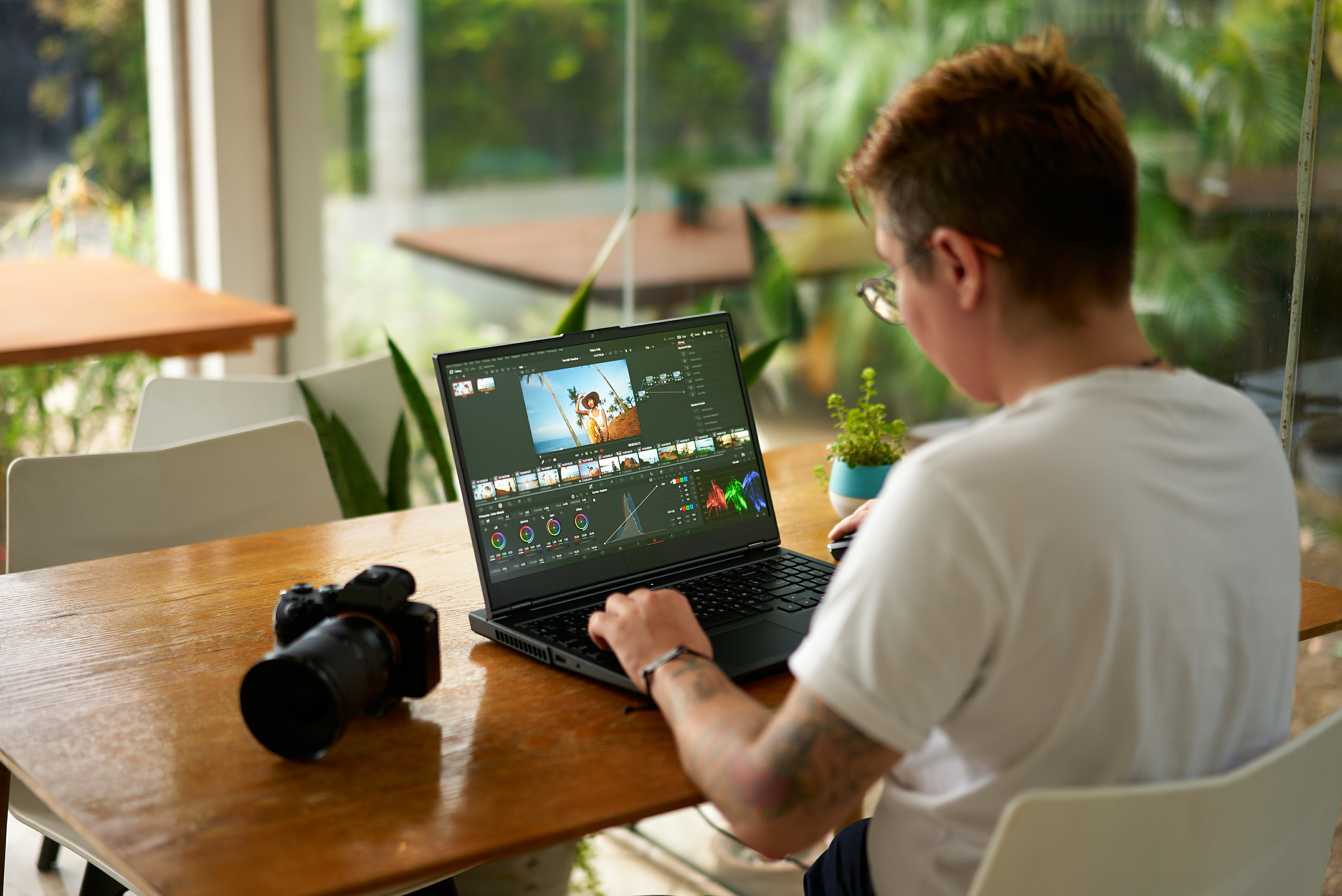Innovative Video Walkie Talkie Created Using ESP32 Microprocessors

The ESP32 series of microprocessors has revolutionized the world of electronics, thanks to their affordability, high-performance cores, and integrated wireless networking capabilities. Over the years, we have seen countless impressive projects arise from their use, but nothing quite compares to the ingenious creation presented by Jonathan Ra fully functional two-way video walkie-talkie.
This innovative device consists of two separate units, each equipped with different ESP32 components to facilitate video and audio communications. The first unit is built around the ESP32-S3 based camera module, which is designed to capture video, while the second unit employs a more traditional Tensilica ESP32 configured with a screen module to display the video feed. This dual-setup not only allows for communication but also enables a fascinating comparison between the two different types of ESP32 devices.
In terms of hardware, the project integrates the Cheap Yellow Display board for one of the units, while the other utilizes an Elecrow equivalent display. The unique pairing of these components showcases the versatility of the ESP32 platform. For audio communication, the designer implemented ESP-NOW, a protocol that supports low-power, peer-to-peer connections. However, due to the limitations of the onboard audio amplifiers, a small external amplifier module was included to enhance sound quality.
In a detailed video demonstration, Jonathan R walks viewers through the project, explaining the rationale behind each design choice. The video highlights the device's functionality and even addresses some practical limitations, such as a slight audio-visual lag. Nevertheless, this latency is described as minimal and certainly acceptable, especially considering the device's low cost. With the success of this project, it seems that after years of anticipation, the video phone has finally materialized as a feasible reality, thanks to the innovative capabilities offered by the ESP32 microprocessors.




















